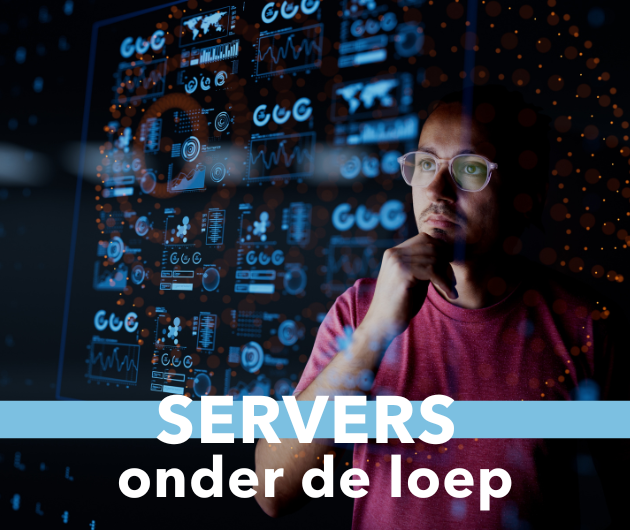The current focus on mobile devices has exposed the limitations of existing communication networks. In fact these limitations have been all too obvious for many years, but new requirements should force some changes for the good.
It isn’t that nothing is happening, but it is happening to slow. There is some sympathy for the communication infrastructure suppliers because global networks require vast investments. Mobile telephones, the volume stemming from younger people, forced huge expansion plans which have not yet made any return. As a result there is a lot of financial woe in the communications sector at the moment. This of course will have a negative impact on the development of Next Generation Networks (NGN) but it will eventually happen. There is a big question though as to who will supply and benefit from NGN, it may well not be the traditional communication network suppliers, which with their current debt could be a disaster!
It goes without saying that there will always be a "next generation network", but at this moment in time there is a clear requirement for the foreseeable future. NGN is about providing a common, simpler and cheaper way to communicate through a variety of devices such as PDAs, laptops, the Internet and mobile phones. It should also benefit local area networks as well.
Ever since the advent of digital technology in telephone exchanges there has been talk of convergence of voice and data communications. Traditionally data was modulated to simulate voice so that the existing voice networks could also carry data; the modem is still a major requirement in most households and laptops. AT&T in particular even made a big play for the local area networks, proposing the use of a digital telephone switch with 64kbps switched circuits. This died a natural death as the Ethernet provided packet-switching at low cost and high speed.
What the Ethernet did not do however was to provide a voice service, the protocol was unsuited to real-time. IBM’s Token Ring Network was better suited to mixing voice and data traffic, but not good enough to make any serious inroads. Thus voice networks and data networks remained largely separate.
In the wide area networking arena the advent of mobile phones took all the resources away from wired communications and thus the replacement of modems with an xDSL service has been far too slow in arriving. The ISDN investments didn’t do much either, although they did have some useful applications.
But the Internet has been the biggest driving force, in particular establishing the IP protocol as the de facto standard. The current IP protocol lacks a guaranteed quality of service feature and is running out of addresses. But IP version 6 has solved those problems and with that comes the concept of voice-over-IP (VoIP). Note that this is the inverse of the historic networks, which were voice networks, this is the exploitation of a data networking technology to support voice as well as data.
The NGN must exploit voice/data convergence but must also be designed to handle video, TV and other multimedia applications. NGN must also be integrated with the mobile networks, which themselves must also be multimedia enabled. All the expanding services for mobile devices, both the current telephony/messaging and the embryonic video/Internet/games services must be integrated. To this complex mixture wireless LANs must be added, particularly Wi-Fi networks.
The amazing thing about telephone networks was the fact that in the large they worked. Given the variety envisaged in NGN as listed above I think it will take a long time to reach a similar status. Nevertheless it is good to see a start being made.< BR>
Martin Healey, pioneer development Intel-based computers en c/s-architecture. Director of a number of IT specialist companies and an Emeritus Professor of the University of Wales.








